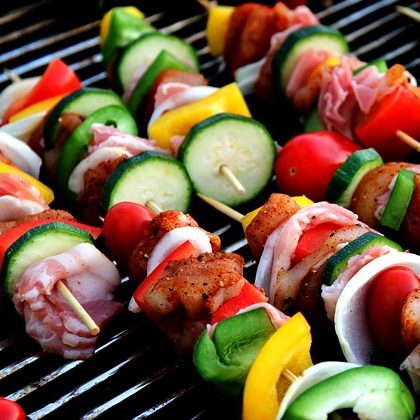When hosting a party, hosts are often asked, “What can I bring?” Those four words can spark as much thought in hosts as they do in guests, who want to show their appreciation for gracious hosts by bringing something to the party and hopefully taking some of the load off their hosts’ shoulders.
Veteran hosts know that answering, “What can I bring?” is not always so easy. But there are a few guidelines hosts can follow to ensure both they and their guests feel good about what is brought to the festivities.
Consider the type of party
The type of gathering you’re hosting may dictate which gifts are acceptable and which are best left at home. For example, what works for a football party likely will not suffice at a formal affair. Casual affairs tend to be more loose and not as planned, whereas hosts throwing a formal dinner party likely have a set menu and schedule in mind. Guests can bring appetizers or snacks like potato chips and pretzels to backyard barbecues or parties geared around televised sporting events, but asking guests to bring appetizers to formal affairs may throw your entire schedule out of whack if guests are late.
Consider the guests
Some guests may specialize in a particular item or be especially knowledgeable in a certain area, and hosts can put such skills and knowledge to good use when guests ask what to bring to the party. Guests whose baked goods have achieved legendary status within your social circle can be tasked with bringing dessert, while those with an extensive knowledge of wines can bring the libations for the night. In the latter case, let the party’s wine enthusiast know the menu in advance so he or she can bring appropriate pairings.
Avoid asking guests to bring side dishes
Some guests may offer to bring side dishes, but this once again may leave hosts vulnerable to guests who may not arrive on time. In addition, guests may have their own favorite side dishes, which may or may not go well with your entree. When hosting a dinner party, it’s best to prepare the whole dinner on your own. If guests offer to bring sides, thank them before you politely explain how excited you are to host and prepare the entire meal on your own.
Don’t overlook decorative items
If the food and beverages are already taken care of but guests still want to contribute, don’t be afraid to ask guests to bring decorative items like a bouquet of fresh flowers or candles for the dinner table. Such items add to the ambiance of a dinner party, and picking them up does not require much effort on the part of guests.
Have a backup plan in place
Guests sometimes forget to bring something, even if they promised they would. So hosts should have a backup plan in place just in case guests prove forgetful. If one guest is tasked with bringing dessert, pick up some ice cream anyway just so you’re covered if that guest forgets to bring some dessert.
“What can I bring?” is a question party hosts can expect to hear. How hosts answer that question can impact how much they and their guests enjoy the festivities.














